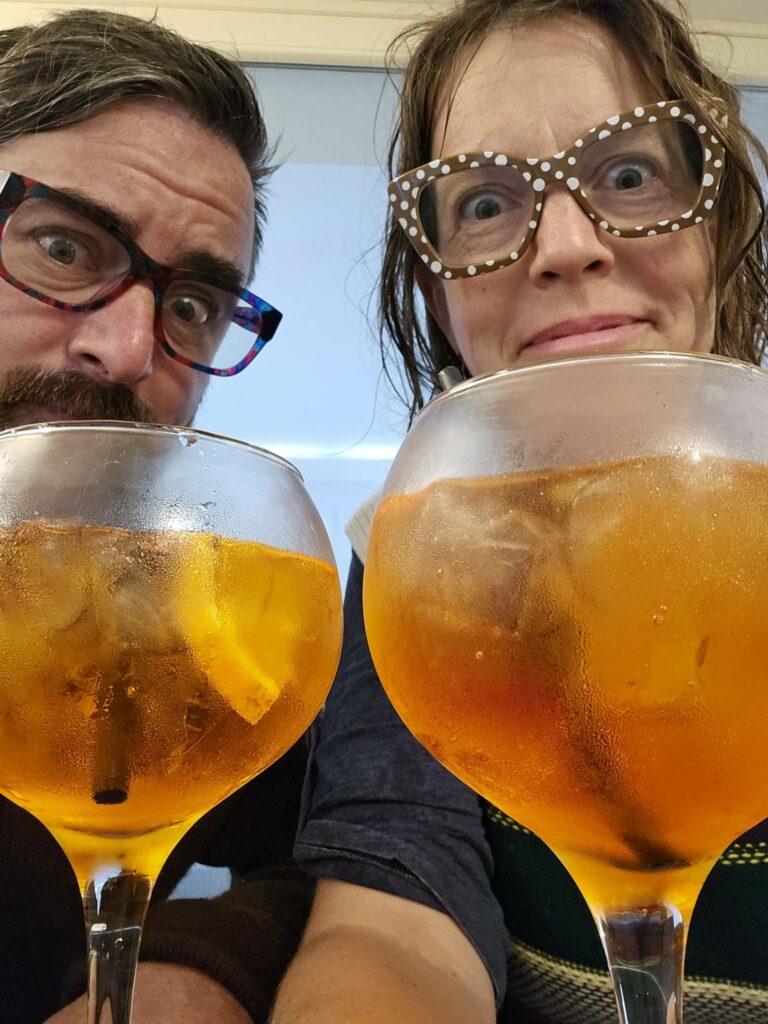Myrtle – in Sardinia
We just returned home from Sardinia and all of her magical myrtle groves. Sardinia was, by far, one of the most dreamy places I’ve ever had the privilege of visiting.
It isn’t a small distance to travel. It takes a couple of days to get there, and it took 3 days to get back home. My husband was awarded a trip to a resort near Cagliari for being such a badass employee. We extended our trip and moved north on the island, after a few days of being spoiled beyond any of our expectations. We were fed the most delightful meals, served cocktails poolside, treated to an entire day on a catamaran, and attended two celebrations that felt like weddings (that we had no business being at). This adventure was without our kids, to celebrate our 20th wedding anniversary.
I won’t overwhelm you with photos, but if you want to more of them, you can visit our Instagram and there is a story section dedicated to Italy.

Myrtle is a symbol of love, so it seemed fitting to profile this plant for a multitude of reasons on this particular trip. Venus was said to be born from the foam of the sea and she took refuge in a myrtle grove. Doesn’t that sound lovely?
Myrtle was always used in wedding bouquets during the Renaissance, and the use of myrtle is common today in many parts of Europe.

I had to seize the opportunity to share this plant, in real life. It was shocking how prevalent she was, all over the island. Myrtle is a hardy flowering evergreen shrub, Myrtus communis, in the family of Myrtaceae.
The Myrtle surrounding our villa in Lu Bagnu, near Castelsardo came with the most lovely neighbor. She had a few names (Asina (obvi), Diane, Susan), and I fed her all of our apples. It made me wish we had a donkey of our own. Maybe someday, when we live at the yurt we will.


I also met several of the most fascinating humongous bees that were drawn to the myrtle around our villa. I rescued this one from the small pool on the property. They were the size of hummingbirds! Myrtle does not produce nectar, so it isn’t possible to find Myrtle honey, BUT bees foraged the myrtle around us all day long to obtain pollen.

Consuming Myrtle
While we visited Sardinia we ate and drank a lot of Myrtle. The parts of the plant used are the leaves, berries and flowers.
Drinking Myrtle
The Sardinian cuisine and culture are proud of the myrtle that grows around them and they incorporate it regularly into sauces, stocks, and a disgestivo called Mirto that we drank after meals. Mirto is made from the berries of the plant, most commonly they are blue in color, but sometimes you’ll come across the rare yellowish berry. There is a lighter colored Mirto made from these berries. We didn’t get the chance to sample that variety. At home we drink Fernet-Branca after big meals. After a quick internet search, even though it is made in Italy, it doesn’t appear to have myrtle in the ingredients list (the full recipe is secret). We brought the tiniest bottle of Mirto Pilloni home with us to savor while we search for new favorite Italian digestivos.
Mirto is made with a maceration of berries in alcohol. We ate at a restaurant near the top of the island, and had the pleasure of trying a variety made by the restaurant owner. It was served in an ice cold glass and a bit sweeter than the others we’d tried, like dessert – YUM!
Eating Myrtle
The use of myrtle in the kitchen was apparent. I would get a meal with a branch of Myrtle delicately laid across the top, as a garnish. I read that myrtle is typically removed from sauces and stocks, much like we use a bay leaf, but I found it in a lot of my food. It has a bit of spice to it, and is commonly used in Italy when preparing a dish with meat. Sometimes the berries are used as a pepper substitute.
The flowers of the plant are aromatic and you might find them as a salad garnish. They are more commonly used in soaps and lotions because they smell divine!
How do we use Myrtle in our Family?
At Coming Up Rainbows we incorporate the essential oil of myrtle in a blend that is lovely for diffusing. We call it our Fire Blend and diffuse it almost constantly during our annual fire season. We do this because one of the magical properties of Myrtle is her ability to support our respiratory systems. Myrtle can be useful for bronchial congestion, sinus support and dry coughs.
This plant can support the urinary tract, so it is commonly found in tinctures that I use if/when I feel a bladder infection coming on.
It is a digestive aid, as I mentioned above, so we drank it frequently on our visit to Sardinia. You should definitely be able to find Italian digestives in a liquor store near you.
Myrtle can help to ease cramping, aches in legs and even help to heal hemorrhoids. It can be useful for treating acne, gum infections, fungus, and even ulcers.
Myrtle is also a great tool for hair and scalp support. It isn’t uncommon to find Myrtle in a shampoo that is made for treating dandruff or an itchy scalp. Add some myrtle to your hair oil!
Herbal Actions:
She’s an aromatic, antimicrobial, expectorant, astringent, tonic, hemostatic, antibiotic, and an antiseptic.
Meet Myrtle (IRL)
I’ll leave you with this aperativo, which doesn’t make any sense because we’ve reached the end of our profile. We literally had this for breakfast one morning. It was DUMPING rain and we couldn’t find an open restaurant, the hours of operation aren’t common for Americans, heh. We took refuge in a tiny bar while we waited for the rain to ease up and the restaurants to open. A fishbowl of Aperol. Ciao.

